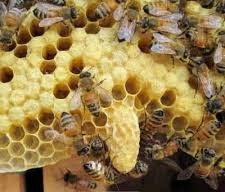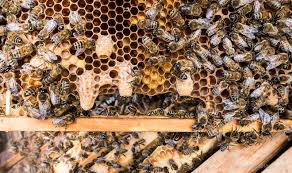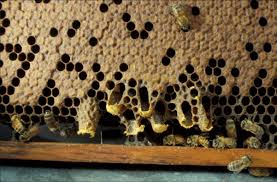Swarming is the bees natural way of reproducing. In the wilde a hive would cast one or 2 swarms a year. The trigger that start a swarm mainly comes from an overcrowded hive.

This hive is very full, it will swarm soon if left to itself. Hives tend to want to swarm in the Spring. There are several things that can be done to prevent swarming.
Splitting is the most effective way to take the "swarm" out of a hive. When you split you are effectively creating an artificial swarm.
Removing brood, this is really very similar to splitting. If you have want more hives, removing brood can be a good way to stop swarming. You can sell it, create a nuc, or use it to strengthen another hive.
Supering, supering is when you add another box. This is only a quick fix, especially during early spring. However, it will buy you time (say you are waiting on your queens to arrive for splits.)
Signs a hive is going to swarm
Recognizing the signs of an impending swarm is not to difficult. They will usually be crowded and build queen cells along the bottom of the frames.
If the cells have hatched, it is to late, they have most likely already swarmed and have a young virgin queen.
If the hive has queen cells that are being developed you can possibly prevent them from swarming by removing some of the brood.
Remove 3-4 frames of brood and set them aside with the bees still on them in a nuc box (if you leave the queen cells in the nuc box you can let the queen mate out and start a new hive!) Make sure you leave the old queen in the hive.
There is a difference between queen cups and queen cells. A queen cup becomes a queen cell once the bees put an egg into it.
A few facts about queen cups and cells...
Queen cups are naturally in the hive.
Queen cups do not mean a hive is preparing to swarm.
Not all queen cells are swarm cells, some can be supersedure cells




Comments